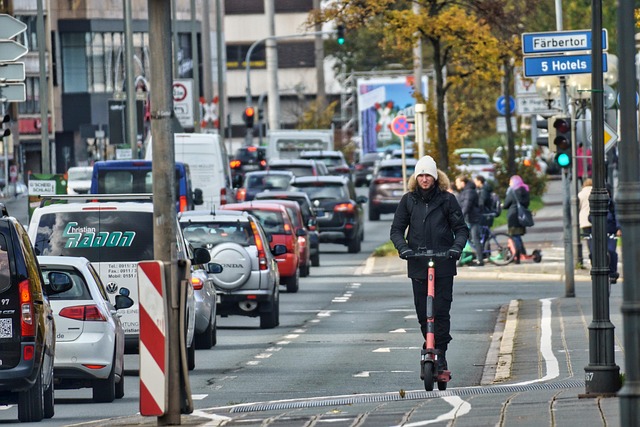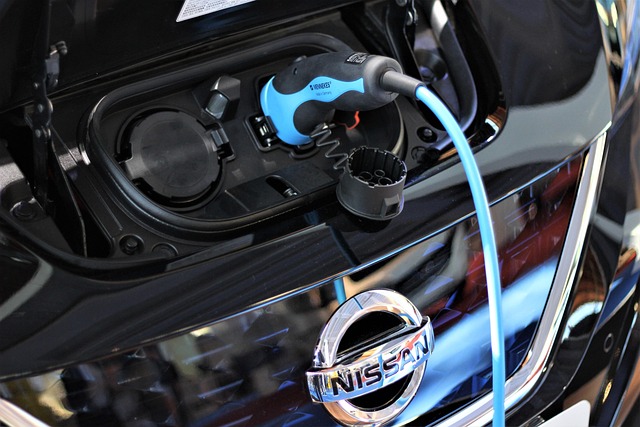The world is rapidly changing, and with it, our approach to mobility must evolve. As we seek efficient solutions to everyday transportation needs, the implementation of renewable energy strategies is becoming increasingly vital. This transformation is particularly significant in rural areas, where mobility challenges are often exacerbated by a lack of infrastructure and resources.
Transport sustainability doesn’t merely refer to the ability to move goods and people from one place to another; it emphasizes how we can make these movements less impactful on the environment. By focusing on renewable energy sources—such as solar, wind, and biofuels—we can create a more sustainable transport ecosystem that benefits everyone, especially those in rural communities.
Consider the impact of electric vehicles (EVs) powered by solar energy. In rural settings, where charging infrastructure might be limited, innovative solutions like solar-powered charging stations can bridge the gap. These stations can be installed in community centers or local businesses, making it easier for residents to power their vehicles while simultaneously reducing their reliance on fossil fuels. This initiative not only enhances mobility but also contributes to the local economy by attracting visitors and promoting sustainable practices.
Additionally, the rise of electric bicycles and scooters presents another avenue for implementing renewable energy strategies. In areas where public transport is sparse, these modes of transportation offer flexibility and ease of movement, allowing residents to reach distant work or educational opportunities. By adopting solar charging solutions for these vehicles, we further reduce the carbon footprint associated with travel, while also making sustainable transport accessible to the rural populace.
Moreover, integrating renewable energy in public transportation systems can lead to significant advancements in sustainability. Imagine a bus system that operates entirely on solar energy, making stops at solar-powered stations equipped with amenities for passengers. Rural residents would benefit from more reliable and environmentally friendly transport options, helping to break down barriers that hinder access to essential services.
Rural development is inherently linked to the transportation options available. As communities work to advance their economies, sustainable mobility should be at the forefront of their strategies. By investing in infrastructure that supports electric and hybrid vehicles, alongside renewable energy sources, rural areas can energize their economies while promoting a cleaner environment.
In conclusion, as we explore the intersection of mobility and renewable energy strategies, especially within rural contexts, it becomes clear that the future of transportation hinges on sustainable practices. By prioritizing transport sustainability, we ensure not only the mobility of people but also the development and vitality of the communities they inhabit.



